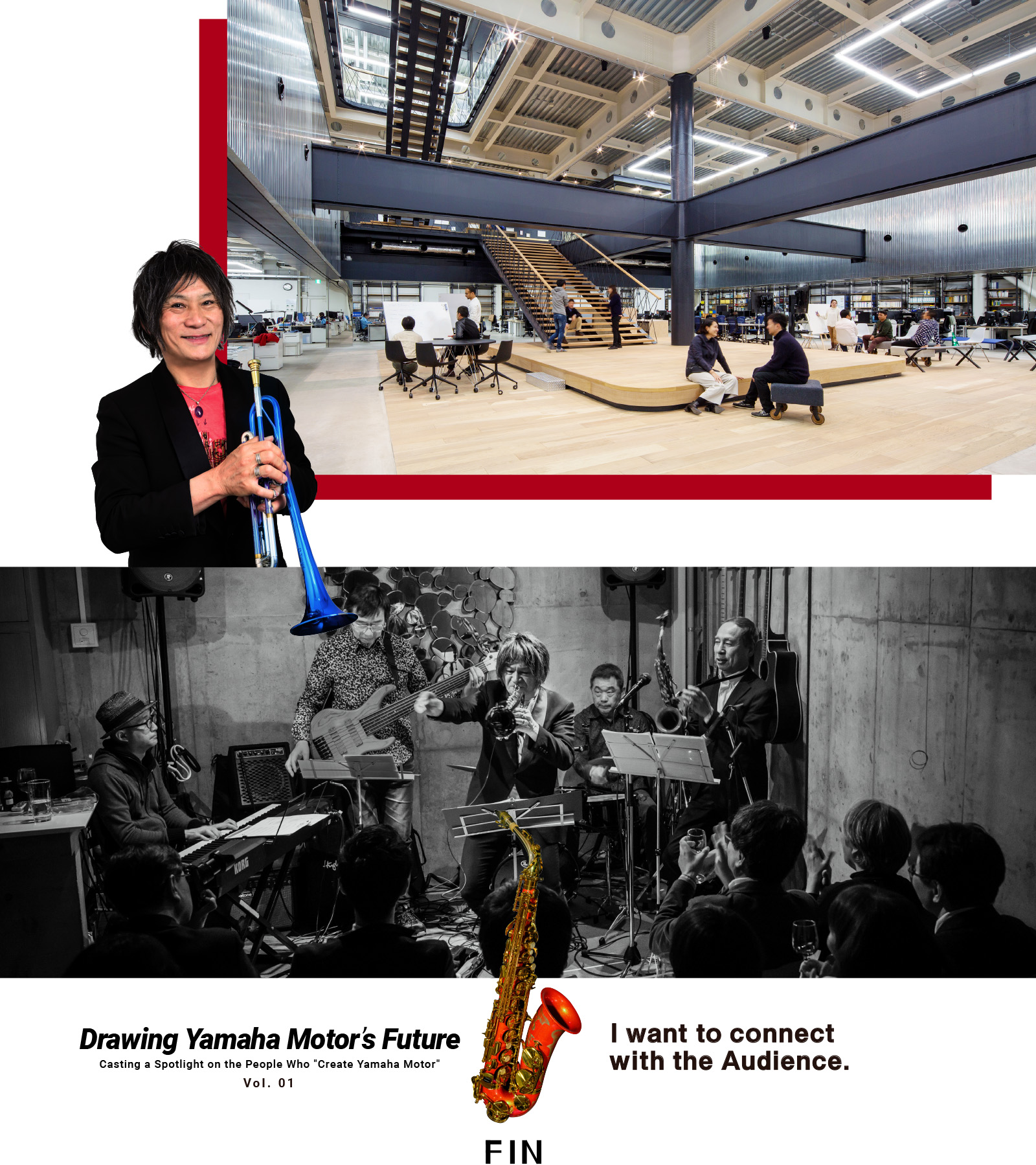
Executive Officer and Chief General Manager of the Design Center at Yamaha Motor Co., Ltd. Born in Aichi Prefecture in 1960. Graduated from Aichi University of the Arts in 1983 and joined Toyota Motor Corporation the same year, working on the design of the first-generation Lexus LS and other models. Later served as head of the Global Lexus Brand Planning Department, as General Manager of the Toyota Design Division, CEO of tecno art research and other positions. Joined Yamaha Motor in 2014 as Chief General Manager of the Design Center and became an Executive Officer in 2015.
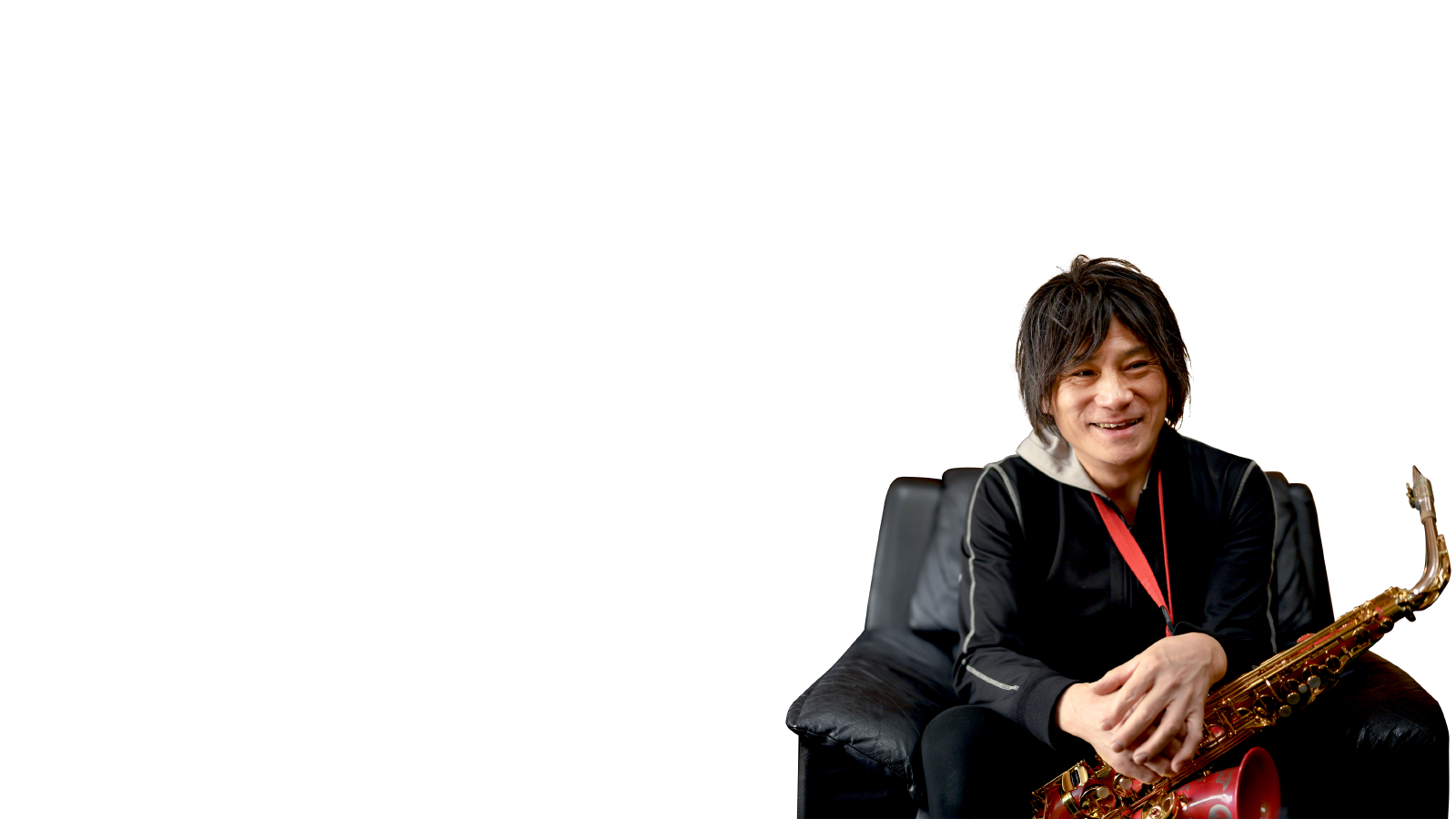
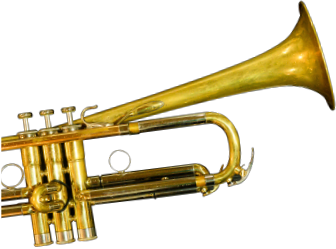
A simple description of Akihiro Nagaya would be that he designed cars for Toyota Motor Corporation before his current tenure at Yamaha Motor, and that he’s a well-known figure in vehicle design. But when Nagaya is not designing vehicles, his other passion is performing as a musician, an interest he has that has never waned since his primary school days. The first instrument he got was a Yamaha trumpet when he was a child, and this sparked and fostered his vibrant enthusiasm for wind instruments. Since then he has played in many a band and continues to do so today. Before our interview, I’d heard that he had a studio in his home, but this didn’t prepare me for his warm and comfortable log cabin—complete with a garage—nor did it give off the vibe of a studio being hidden somewhere within.

“Welcome!” said Nagaya, stepping outside to greet me. My first impression of him was a professional musician who’d found success; he didn’t have the look of an executive at a major company. He was dressed in fitness wear—another of Nagaya’s interests is running every day—and spoke to me like a friend, his welcoming demeanor quickly putting me at ease.
Nagaya led me though a spacious, high-ceilinged living room to the aforementioned studio in the basement, where he’d already neatly arranged his favorite wind instruments on the floor for photos. They included everything from your everyday trumpet and saxophone to some strangely shaped objects that didn’t seem capable of producing sound. As he played each one and politely explained its unique tonal qualities, my curiosity about who he was grew.
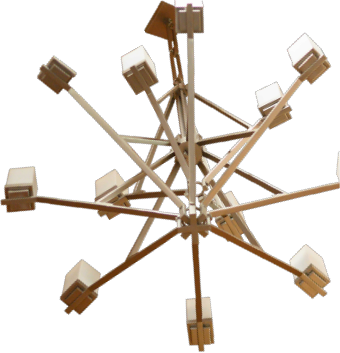

“I figured each one out and eventually mastered them on my own.” He then went so far as to say that music is probably not meant to be taught from one person to another; once you’ve grasped the basics, the deeper, more important aspects of playing music are unteachable. There is no “correct” interpretation or way to play music, he posits, hence he loves the free-form nature of jazz because it encourages improvisation. I found his ideas intriguing.
“I think the songs and sounds that elicit an emotional response fall within a very narrow range. The individual preferences of most people don’t differ all that much, and that’s why music has the power to move so many people at once. When I perform, I’m constantly looking for that one thing that pleases the audience. If you’re able to find it, it gets you excited unlike anything else,“ he says with a laugh.
If the performance can stir the emotions of the audience, Nagaya curiously describes the moment—when the performer establishes an emotional link with the listener—as “channeling the gods.”
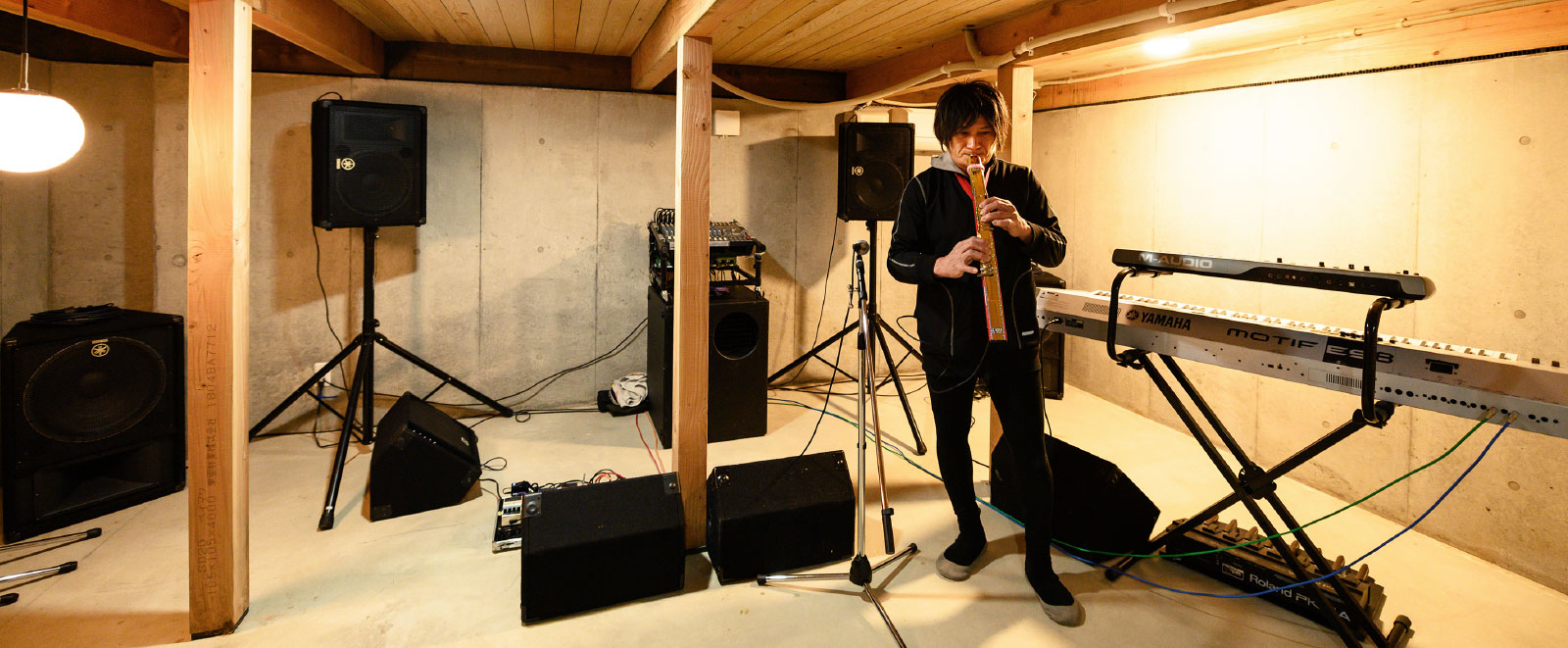
I thought Nagaya ran every day to maintain his lung capacity, but apparently lung capacity is not that important for playing the trumpet and saxophone. Breathing only becomes difficult, Nagaya tells me, when one is playing incorrectly. “Creating a design and performing music are similar in that both should be done without excessive effort; you shouldn’t be straining. I prefer to use strength for expressive effect rather than just to play the instrument. Jazz trumpet virtuoso Terumasa Hino says, ‘You don’t get better at playing an instrument just by performing all the time.’ I think that instead of spending all your time performing, it’s better to acquire life experiences because that’s what gives a performance emotion.” It’s the same with design, he says. Trying to figure out how to draw a beautiful curve or line is not that important. What is important is the “audience,” i.e., creating a bond with the product’s end-user.

“Performing live on stage is kind of similar to how a chef prepares a dish,” opines Nagaya. Delicious cooking retains the unique tastes of each ingredient, but finely fuses them all into one harmoniously delectable dish. “Human beings are instinctively attracted to pleasant sensations and tasty food. Honing the skills to create such sensations brings happiness and those occupations have created culture and the arts. I think this is one of the biggest reasons for the advancement of the human race. Creators should seek out the true nature of things and their only goal should be to bring happiness to others.” A few days after this interview, I went to listen to Nagaya’s band perform in Tokyo. The venue was small—enough for about thirty people—but there was only standing room. Their performance was a potpourri of classical jazz, fusion, Latin-inspired arrangements and more. And in fact, most of the audience, including myself, wore expressions of almost trance-like pleasure, as if drunk on the music.
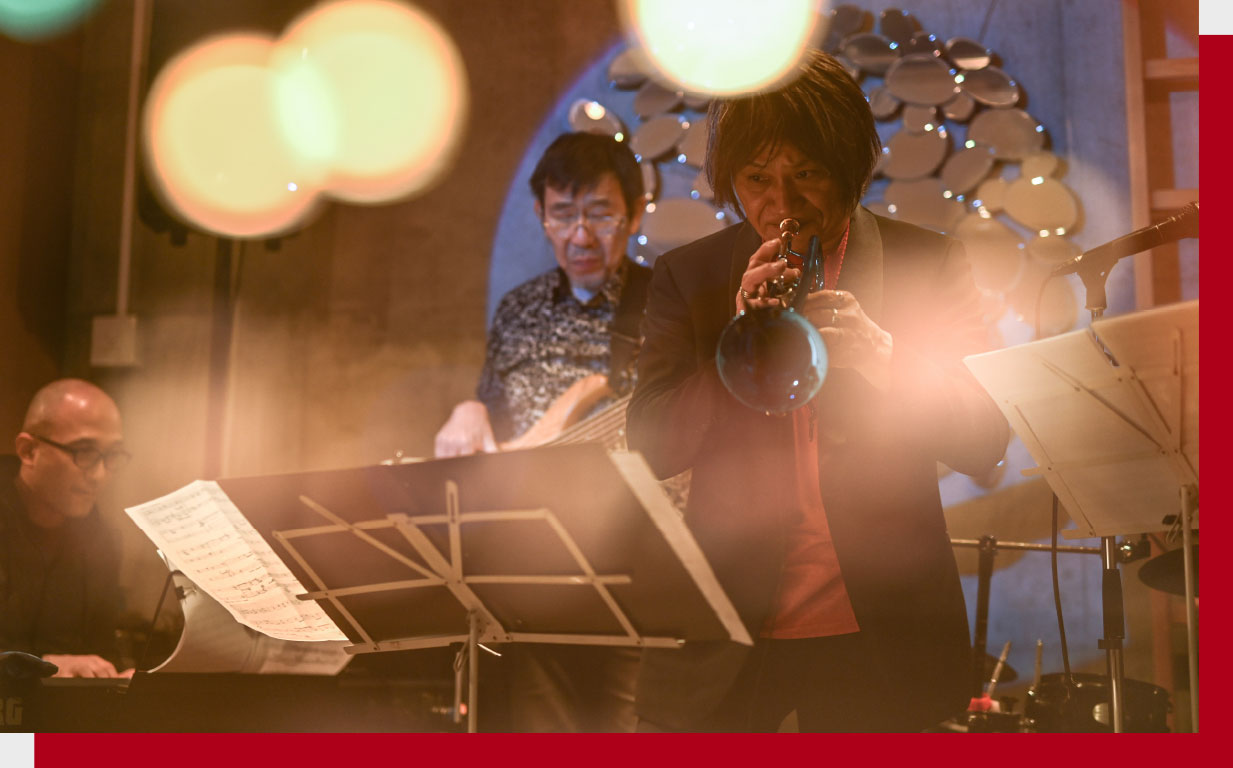

So then, what do you need to do in design to “channel the gods?” Nagaya answers: “You try not to think about anything unrelated; doing that produces good designs. However, designs often involve competition, with a winner and loser. In this situation it’s important not to try to ‘beat’ the other person, but rather, not to ‘lose to yourself.’ Using superficial methods or techniques is pointless. Only by eliminating all distracting thoughts and the background noise, and single-mindedly confronting yourself can you approach the essence at the center.”
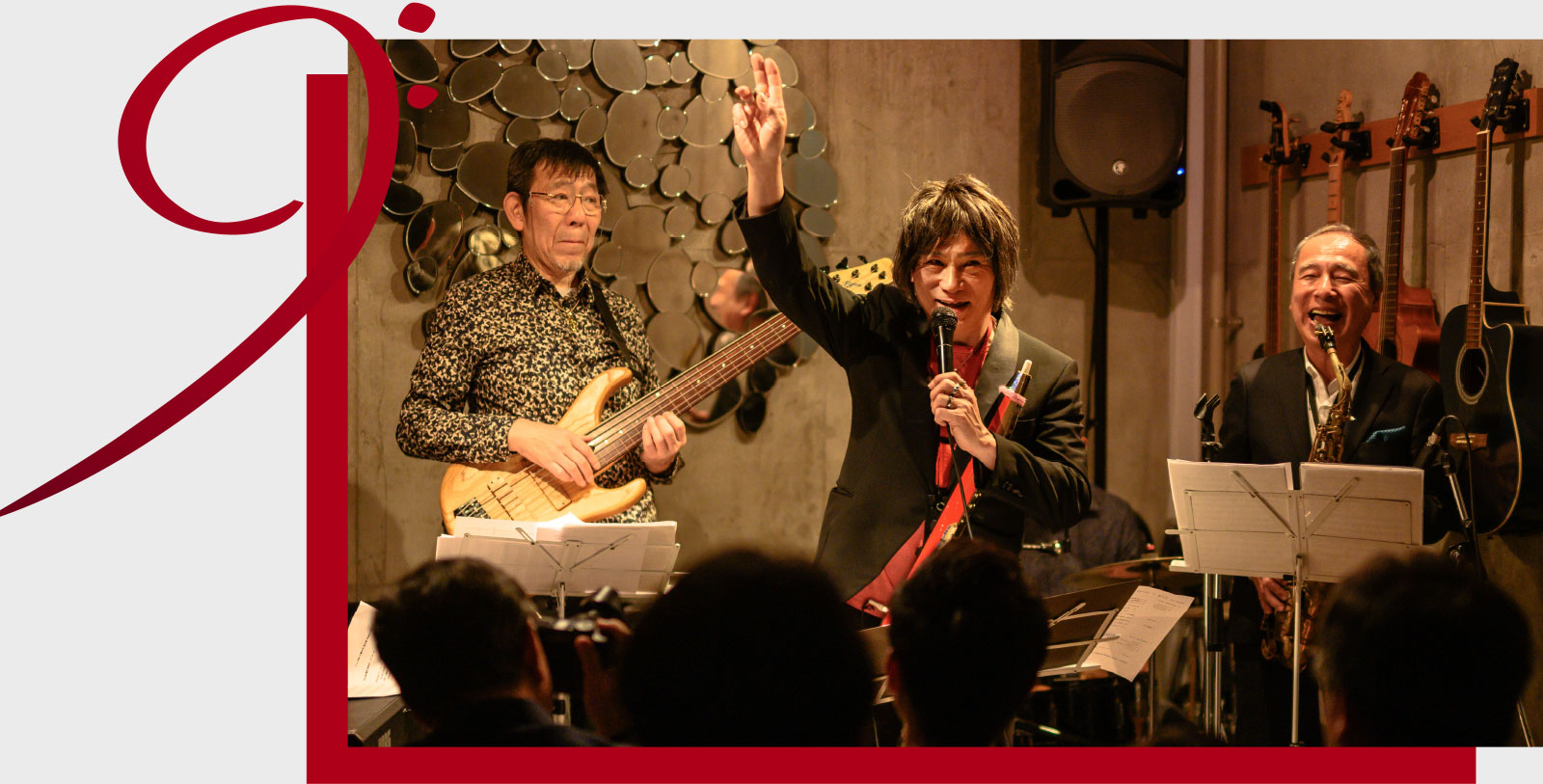
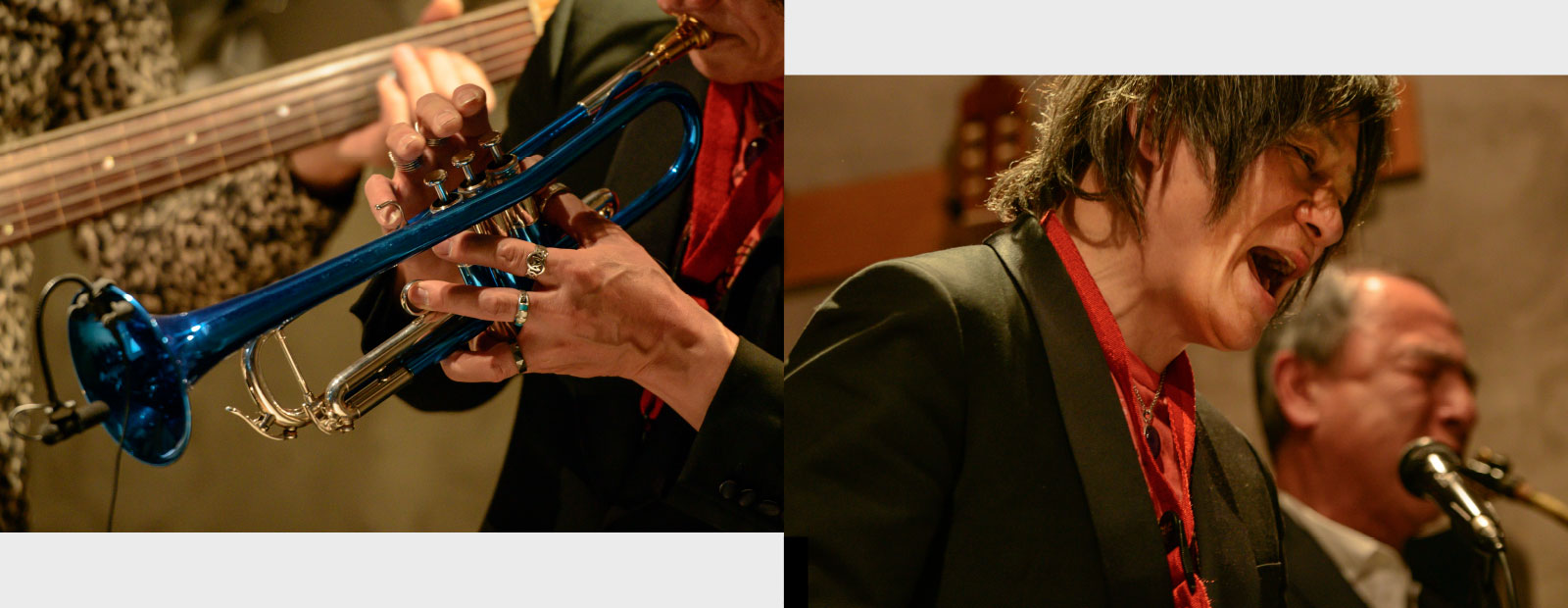
Nagaya oversees Yamaha Motor design as the Chief General Manager of the company’s Design Center. “My job at Yamaha is to be a sort of catalyst. That can be structuring the organization, showing a path to take, or proposing concepts. It’s to get everyone to visualize the intent and target of a given design. By doing that, I want to expand the boundaries of design.” Nagaya’s passion was also incorporated into the Yamaha Motor Innovation Center completed in 2017. The building has a unique architecture, with the 2nd to 4th floor connected by open-air staircases and each floor having few doors or walls, all aimed at encouraging active communication and fostering synergy.
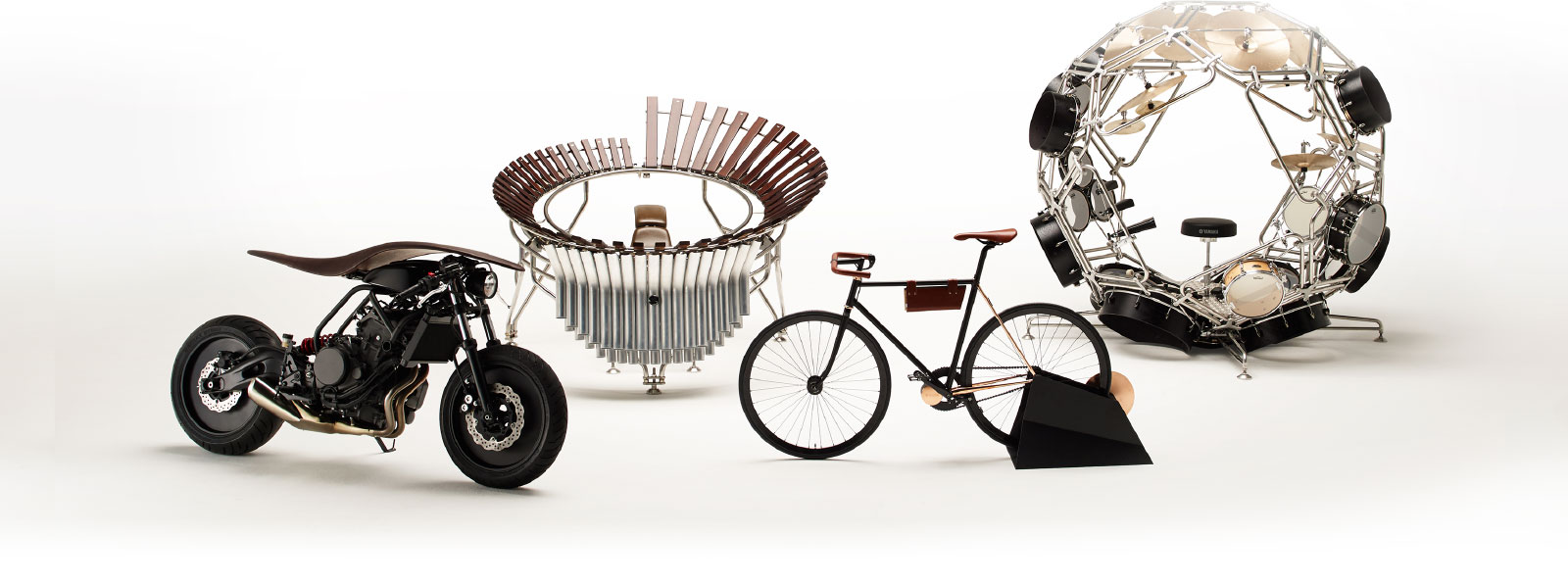
Nagaya was also a catalyst when the respective design divisions of Yamaha Motor and Yamaha Corporation came together for a number of joint design events titled “Two Yamahas, One Passion.” Since their inception, both companies have valued traditions of seeking to enrich people’s lives and make them more fulfilling—one through vehicles and the other through music. And although the two companies are very different, they share the same roots and a strong bond of identity that allows them to closely work together—something unique to the Yamaha name. “With the Design Center and both Yamaha brands, I want to encourage more people in different places to create designs that channel the gods,” he says with a wry smile.
